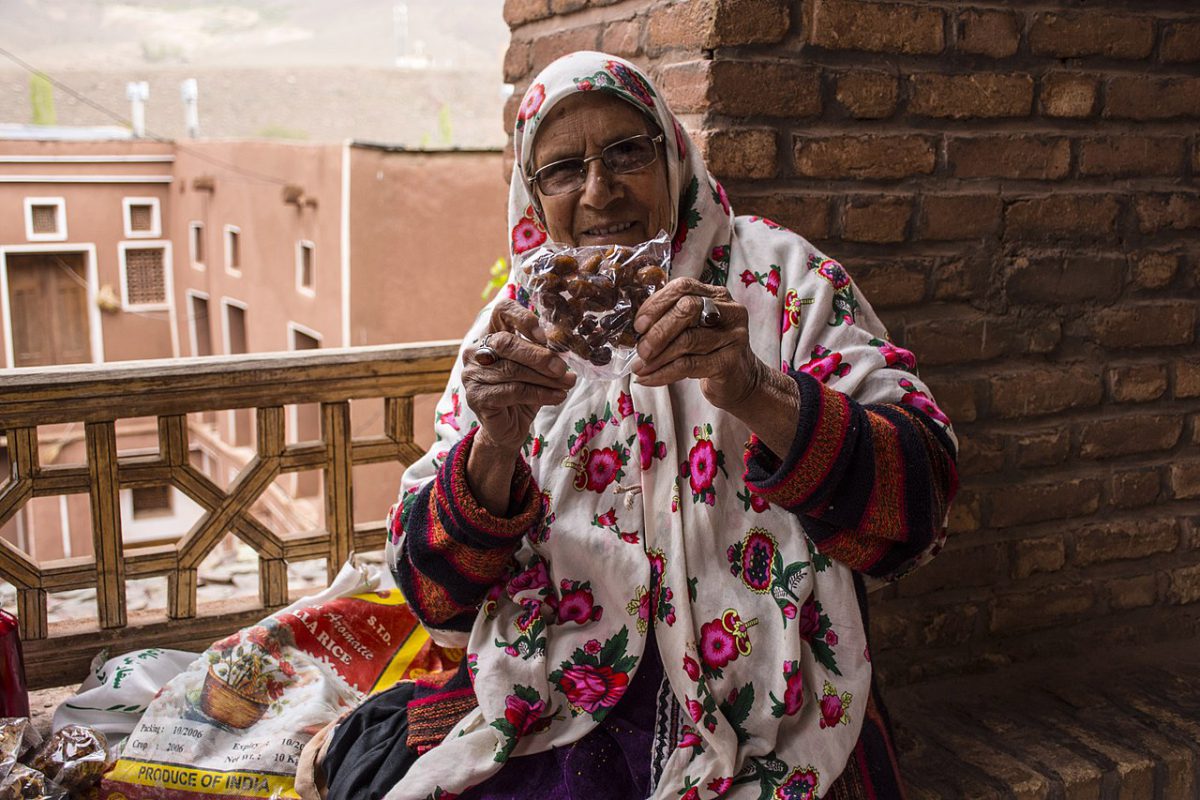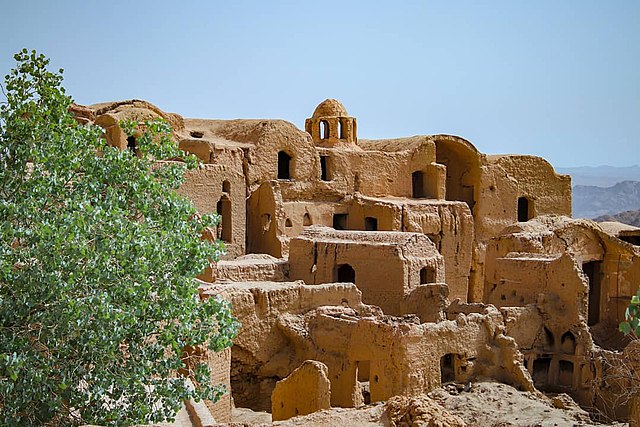Table of Contents
Iran’s vast land is home to various climates, including mountains, deserts, forests, lakes, and seas. These different environments give rise to many Iran villages, each with its unique characteristics.
Each village stands out for its weather, natural beauty, landscapes, plants, and geographical features. Moreover, each Iran village life has its own culture, buildings, traditions, and customs, making them feel like you’re traveling to a whole new country! These villages are spread across different provinces in Iran, and the best time to visit varies depending on the village.
Let’s explore the top 10 Iran villages to visit together:
Kandovan
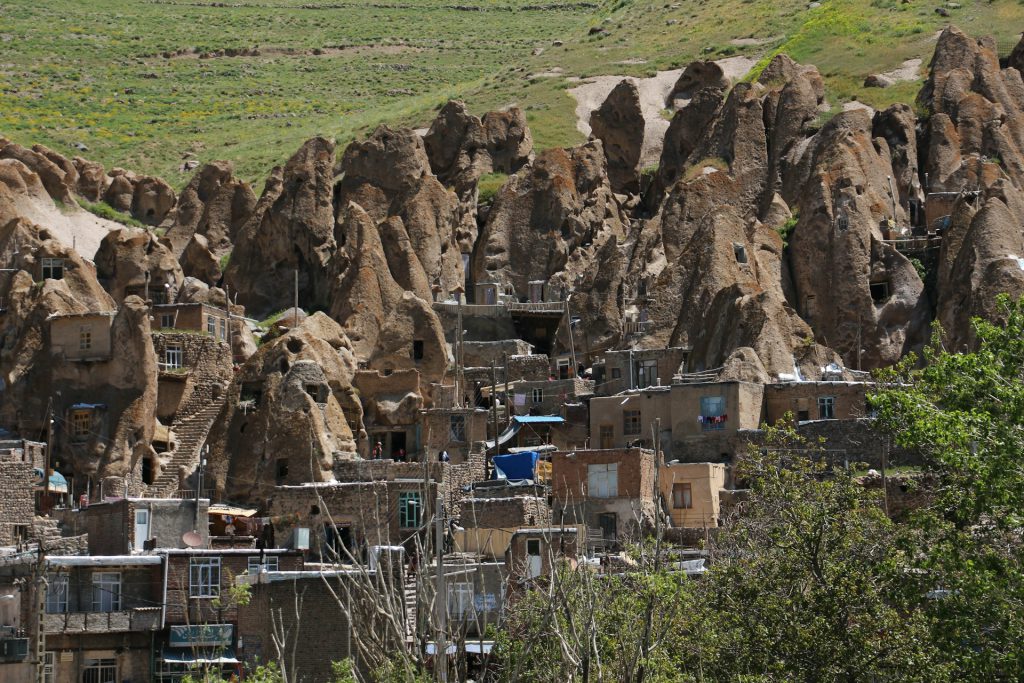
In Northeastern Iran, Kandovan stands out as one of the world’s few remaining cave towns. Modern-day cave dwellers carve their homes out of volcanic rocks here. Often called the Cappadocia of Iran, Kandovan shares a similar charm with its Turkish counterpart. However, what makes Kandovan special is its authenticity. Unlike Cappadocia, which has turned into a tourist destination with most caves converted into hotels and restaurants, Kandovan remains a thriving cave village where people continue to call these caves home.
The honeycomb-like rock formations of Kandovan attract travelers seeking a genuine experience. A day trip from Tabriz reveals a world where tradition and modernity meet. Here, visitors are offered a glimpse into a lifestyle that has endured for centuries, making Kandovan not only a stunning destination but also a living testament to Iran’s rich cultural heritage. It is one of the top Iran villages to visit.
Abyaneh
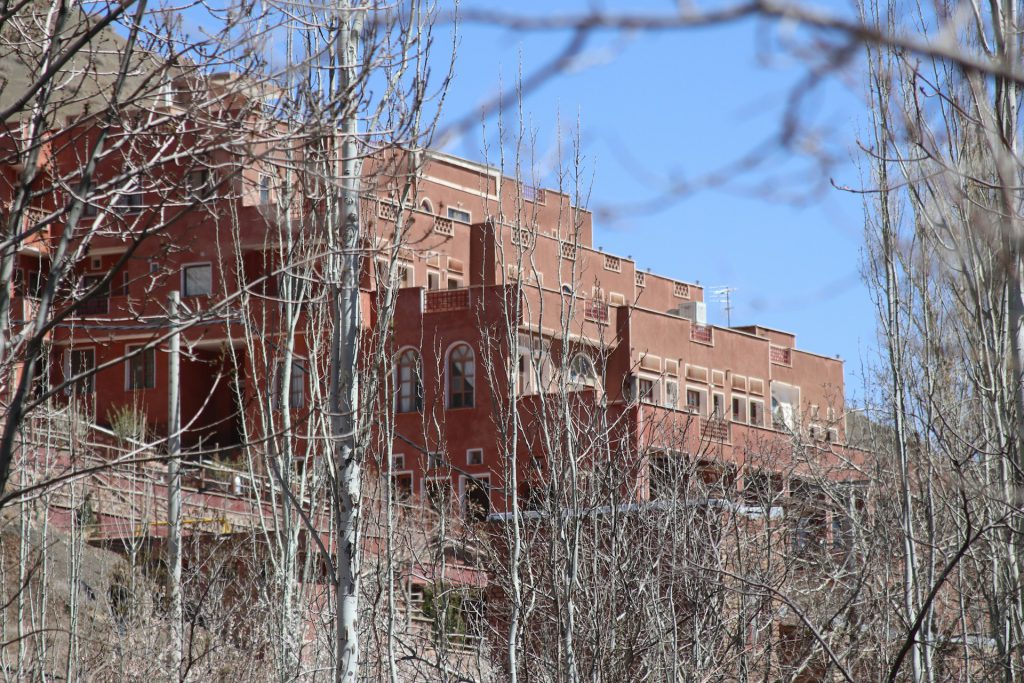
Abyaneh, located only 80 kilometers southeast of Kashan at the foot of Mount Karkas, is one of the most popular Iran villages. Dating back to the Sassanid period around the year 300, it was initially a Zoroastrian village. What makes Abyaneh unique is its remarkable preservation of Sassanid culture to this day.
The older generation in Abyaneh still speaks a Sassanid dialect, once the main language of the Sassanid empire, which has disappeared elsewhere in Iran. Traditional clothing is still worn, with men donning black coats and wide-bottomed trousers, while women wear colorful dresses, and white headscarves adorned with flowers.
Abyaneh Village in Iran is a UNESCO-approved treasure and is renowned for its red soil and red mud-brick homes. The traditional architecture resembles that of the stepped villages in Masuleh and Palangan, but with its own unique features. Wooden balconies, intricately carved wooden doors, and lattice windows are some of the beautiful details to admire. Despite its picturesque setting and equally spectacular location, Abyaneh often feels more like an open-air museum than a living village. Only a few people still reside in Abyaneh, and during the day, the streets are flooded with busloads of tourists. Abyane is one of the best places to describe Iran village house.
Meymand
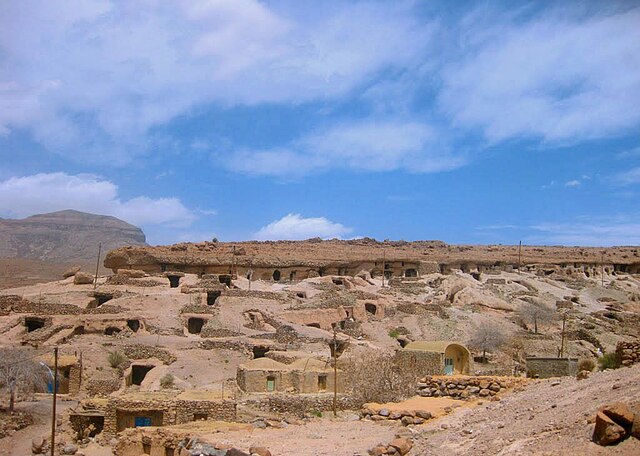
In Babak city, Kerman province, lies the amazing Meymand village, a rocky marvel where people live in houses carved into the heart of the mountain. The origin of the village and the real motivation behind the construction of such houses remain unknown. It is believed that people have been living here for the past 3000 years, with stone carvings found around the village dating back to 10,000 years. Designated as a UNESCO World Heritage Site in 2015, the “Cultural Landscape of Meymand” stands as a testament to ancient human civilization.
Considering Iran village life, Semi-nomadic villagers migrate with their animals as the seasons change, showcasing a strong connection to nature through their culture and customs. The 3000-year-old village of Meymand is the only historic village in the world where the traditional interaction between humans and nature in the second millennium can still be observed. Meymand village is undoubtedly one of the most attractive human residences in Iran, drawing visitors with its timeless allure and rich historical significance.
Palangan
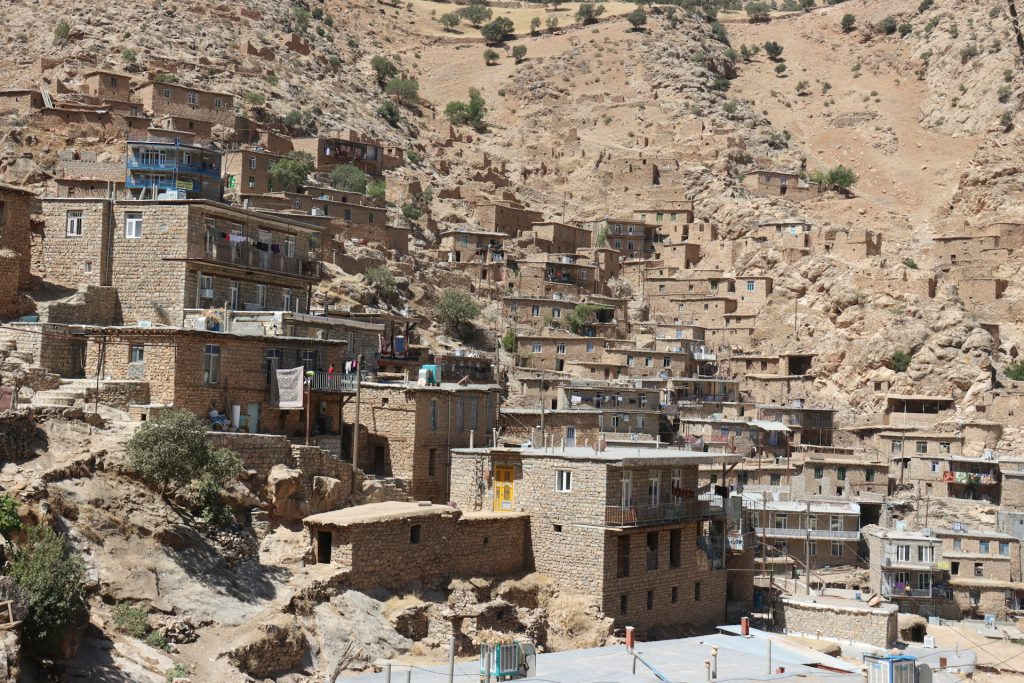
Situated on the slopes of Mount Shahu in Kurdistan province’s Uraman-Takht region, Palangan stands out as a cultural gem. While its architecture bears a resemblance to Masouleh, it’s the infusion of Kurdish culture that makes this village truly unique. Palangan sits gracefully on the eastern and western slopes of a scenic valley, where a winding river adds to its serene beauty.
Dating back to the Samanid era, Palangan boasts remnants of the past, including the ruins of a castle from the Seljuk period, still perched atop the village. The name “Palangan” itself refers to “a place with leopards,” reflecting a time when these majestic creatures roamed the mountains, though sadly no longer. Exploring Palangan, you’ll feel the weight of history mingling with the tranquility of nature, creating an experience of Iran village life.
Masouleh
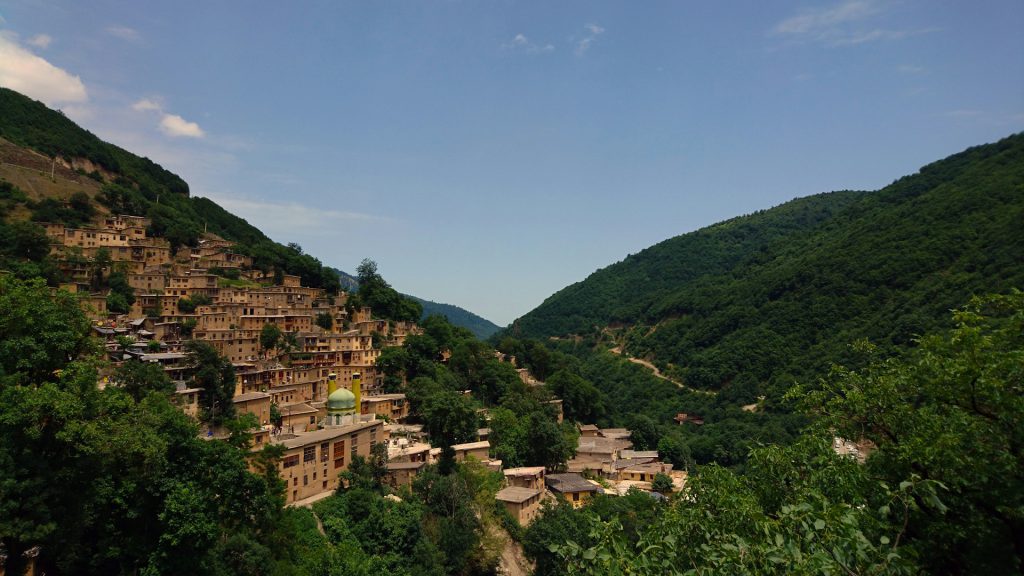
Just 60 kilometers southwest of Rasht, a picturesque path winds through emerald tea leaves, leading to one of the strangest villages perched on a steep mountainside. Masouleh’s architecture, combined with the magical scenery of surrounding mountains and jungles, is simply awe-inspiring. The old stepped village of Masouleh has been uniquely built on the steep mountainside. Each house’s roof serves as both a courtyard to the one above and a pathway for people to walk on. This stair-type architecture will elevate your soul to heaven with its flickering fairy lights heading up into the night’s misty sky.
Located at an altitude of 1050 meters, Masouleh will also surprise you in winter with the stunning sight of a thin layer of soft powdered snow beyond wisps of smoke coming out of the chimneys. The people living in this village are as warm as the colors of the scarves they wear. Masouleh’s charm lies not only in its architecture but also in the hospitality of its residents, making it a must-visit destination for those seeking a unique and unforgettable experience.
Filband
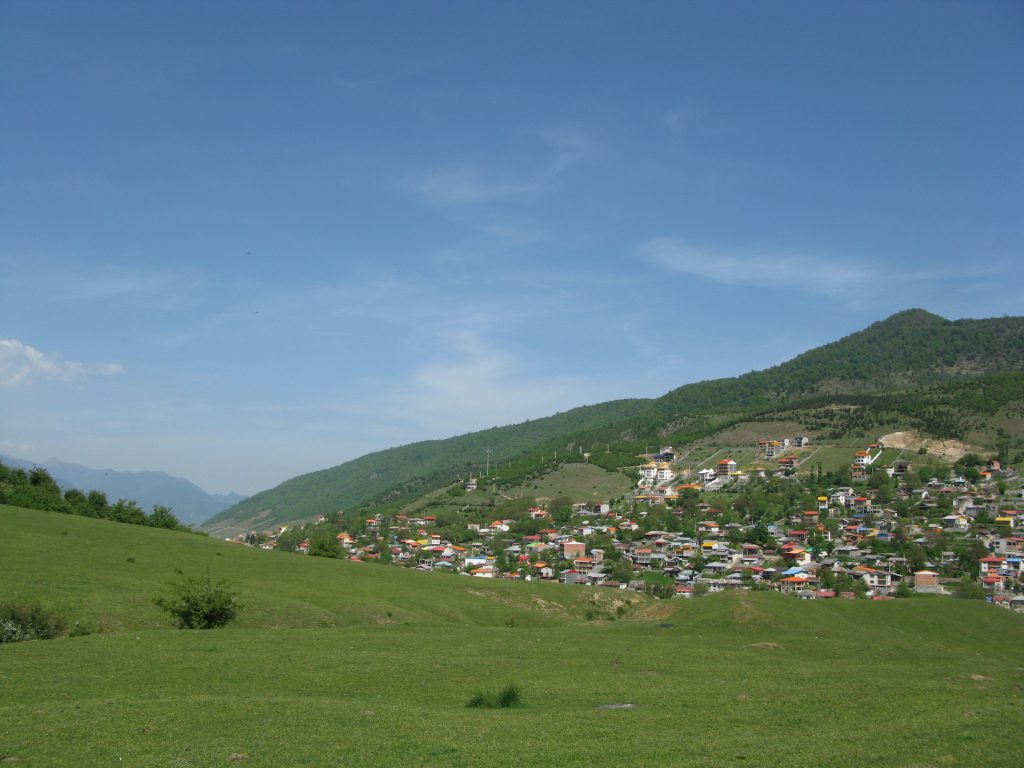
Filband village in Mazandaran province is one of Iran’s most beautiful countryside, resembling a legendary tale. The village lies above the clouds, offering a mesmerizing view of the clouds moving playfully below. On clear, sunny days, the village provides a stunning panoramic view of the surrounding lands, as it is situated at the highest point of the region.
Watching the sunrise and sunset here is an amazing experience, especially when the sun goes down into the clouds, coloring them with its wonderful light. The tranquility of the village and the slow rhythm of life make it one of the best places to escape from the fast-paced city life. Due to the altitude of the region, the best time to visit Filband is from late May to October. Don’t miss Iran village Life in Filband.
Uraman Takht
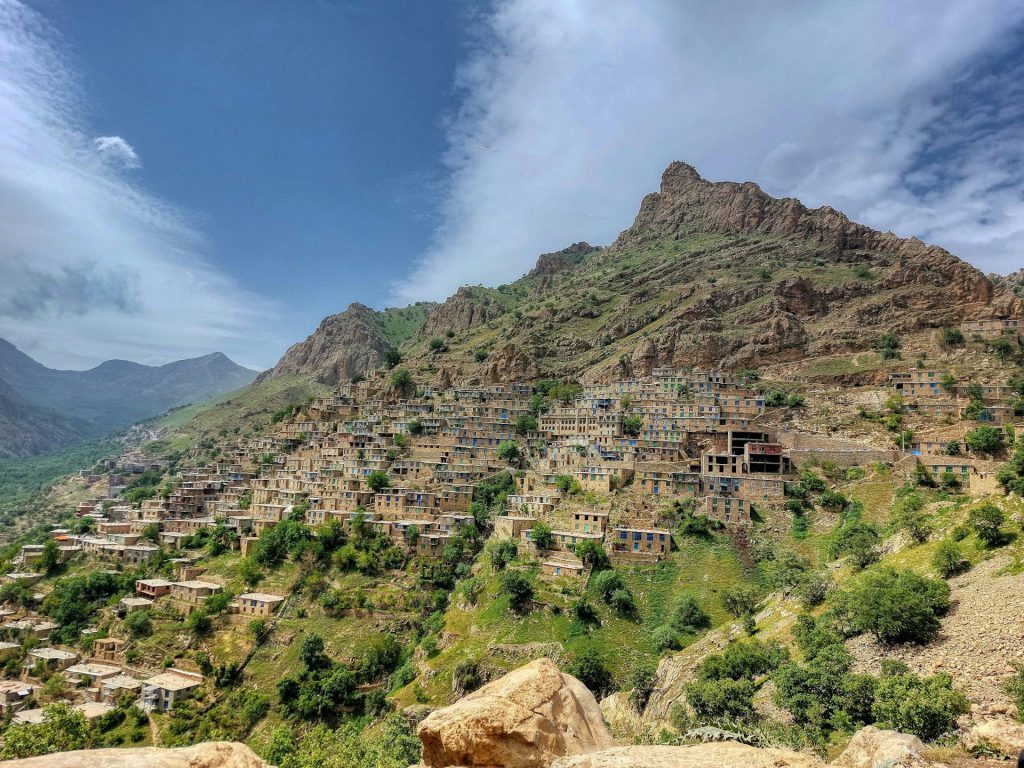
Uraman Takht is one of the famous Iran villages in the Kurdistan province. While the architecture might remind you of Masouleh, what makes this village truly special are the ancient tales and mysteries hidden among the cliffs. One of the oldest stories goes back to the village’s name, which refers to the throne of Ahura Mazda. Visitors can check out the remains of Sassanid fire temples scattered around the village, adding more history to their journey. The adventure deepens as archaeologists have found tools belonging to Neanderthals in a cave near the village, making the trip even more fascinating.
The journey to this village becomes even more exciting with the loud sounds of water streaming down the valley and the stunning nature of the Zagros Mountain Range. The rich cultures and customs of the residents also contribute to the enchanting experience, capturing the interest of both local and foreign tourists alike.
Kharanagh
Situated along the ancient Silk Road, Kharanaq is one of the famous Iran villages and stands as a testament to the past. With its abandoned mud brick houses, the village gives off an eerie ghost town vibe that invites adventurers to explore. Over a thousand years old, Kharanaq and its citadel hold a rich history, yet their significance seems forgotten.
Wandering through the maze-like network of narrow alleys and mud brick walls, one can feel the weight of history with every step. For those brave enough to climb atop one of the roofs, a stunning view awaits, revealing the village and the beautiful mountains that surround it. Unfortunately, the historic importance of this town often goes unnoticed, with no one seeming to take care of or maintain the ancient buildings.
As tourists freely wander around, the erosion and degradation of the town continue. Though I tread carefully, sticking to well-worn paths and refraining from entering homes, the picturesque beauty of Kharanaq is undeniable and beautifully represents Iran village house. Hopefully, the influx of tourism will lead to much-needed renovation and management in the future.
Mazichal
Located at around 2600m above sea level, not far from Kelardasht, you’ll find the breathtaking Mazichal as one of the top Iran villages to visit. Here, the ground is covered with oak trees, and ahead of you lies an ocean of white clouds. The scene is simply spectacular in all four seasons, captivating visitors with its ever-changing beauty. Just imagine spending a night in a tent amidst the highlands of this rural area, waking up to the melodic chirping of birds on a foggy morning.
Mazichal is a must-see destination if you’re planning a journey to the north of Iran and want to experience Iran village life. The warm and friendly people of the north welcome you with big smiles and colorful clothes. This Iran village life where you can’t help but admire and adore the unparalleled beauty and serenity of Mother Nature.
Chaho Village
Located on the coast of Qeshm Island, Chahoo Village stands out as one of the most captivating destinations in the Persian Gulf. The village boasts a unique charm, with its most notable attraction being the breathtaking ChahKooh Canyon. Carved over millions of years, the canyon is hailed as one of the wonders of Qeshm Island.
Visitors are drawn to its rugged beauty, its towering rock formations, and the sense of adventure it promises. Qeshm, being one of the most beautiful Iranian islands, is a dream come true for adventurous travelers, with its unique landscape and rich cultural heritage. Furthermore, the island is recognized as a UNESCO geopark, adding to its allure and significance.
FAQs about Iran Villages
Q1: What are the oldest villages in Iran?
A1: Meymand village has been continuously lived in for 2,000 to 3,000 years, making it one of Iran’s four oldest surviving villages. Some say Meymand village has been inhabited for 12,000 years, dating back to the “middle stone ages,” making it a Mesolithic village.
Q2: What makes Kandovan special?
A2: Kandovan is unique because it’s one of the few remaining cave towns in the world. Unlike other similar places, Kandovan is still a thriving cave village where people continue to live, providing an authentic experience.
Q3: What is unique about Abyaneh?
A3: Abyaneh is special for its remarkable preservation of Sassanid culture, dating back to around the year 300. The village still retains the Sassanid dialect, traditional clothing, and red mud brick homes, making it feel like an open-air museum of ancient Iran.
Q4: Why is Maymand village significant?
A4: Maymand village is significant as a UNESCO World Heritage Site since 2015, featuring houses carved into the heart of the mountain, with a history dating back 3000 years. It’s the only historic village where traditional interaction between humans and nature in the second millennium can still be observed.
Q5: How many Villages in Iran?
A5: There are about 45,926 villages in Iran.
Last Words: Experience the Best of Iran Villages with a Customized Tour
Iran has many different climates like mountains, deserts, forests, lakes, and seas. Because of this, there are lots of villages, each with its special features. Each village is known for its weather, natural beauty, landscapes, plants, and geography. Plus, they all have their own culture, buildings, traditions, and customs, making it feel like you’re visiting a completely different country! These villages are found all over Iran, and the best time to visit depends on the village.
To truly enjoy the beauty and authenticity of Iran villages, consider going on a Customized tour. By choosing a tailored tour, such as those offered by To Iran Tour, you can have a trip that’s designed just for you, matching your interests and preferences perfectly. Our expert guides and staff will work closely with you to design a plan that suits your interests and ensures a stress-free and enjoyable journey.
Contact us today to start planning your dream trip to Iran villages!

